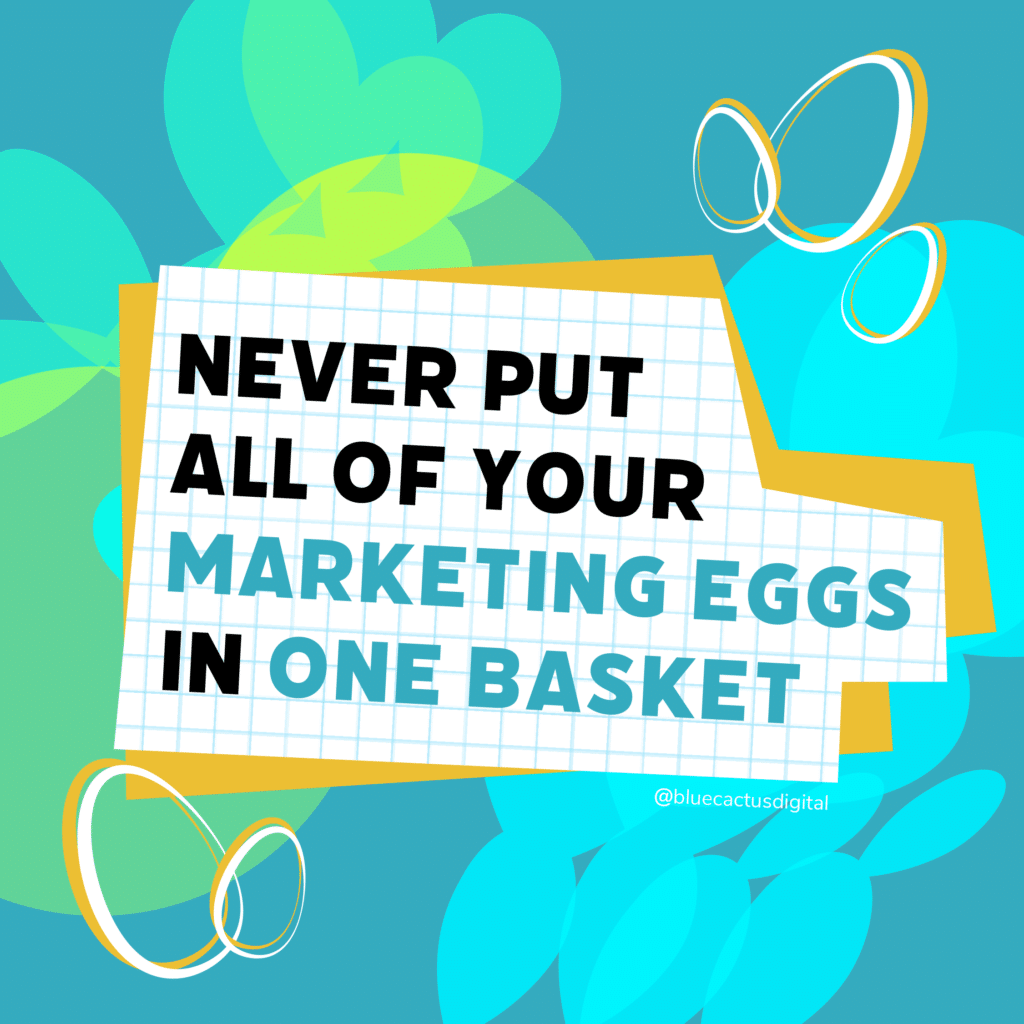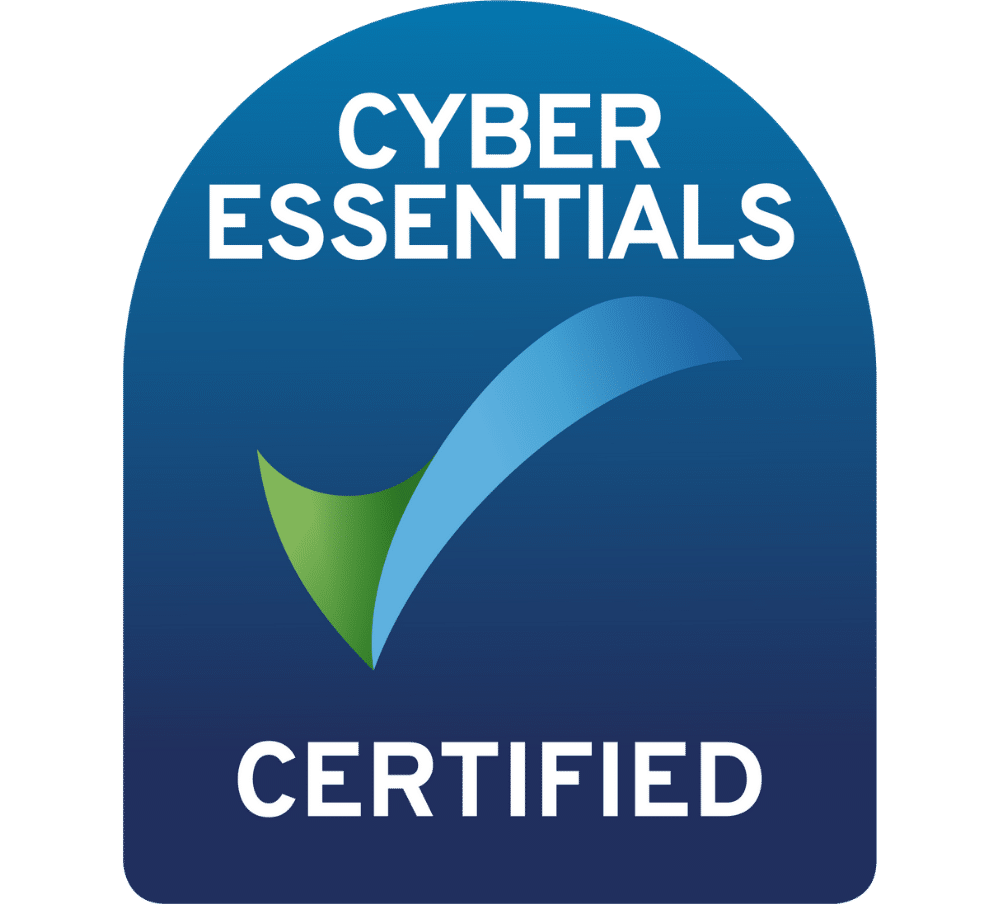I want to tell you the tragic tale of a client of mine.
She was running her business very successfully. With around 10,000 followers on Instagram, she had no incentive to set up a website, utilise Facebook or implement an email marketing strategy.
All she needed was her committed followers on her Instagram page from where she spoke to existing clients and cultivated new ones.
One morning she opened up the app to find herself signed out of her account.
Despite numerous attempts, she was unable to gain access. Someone had hacked into her account, changed her password, changed her recovery information and had shut her out of her own business.
Unfortunately, as she was running this business from her personal account and not a business account, she was unable to retrieve the account. She had no list of email addresses, or names even, of her clients and contacts.
Yes, she remembered some account names and was able to reach out after setting up a new account, but she didn’t recall all 10,000 or so handles.
There’s something about rebuilding a business after a loss such as this one that is particularly crushing. It contains none of the optimism, excitement and energy of the first time around and it never feels the same. It also carries a cost and considerable time and effort.
I don’t share this story to scare you. I tell it because, with the rise of Instagram Shop, Etsy Stores and simple to set up websites that can manage various aspects of a business, some start-ups and young companies trust all of their marketing power to one platform. Or, to put it simply, put all of your marketing eggs in one basket. The above true story is an excellent example of why this is at best, unadvisable and, at worst, perilous.
As a website designer, there is little that makes me roll my eyes more than the question of whether businesses really need a website anymore, given the rise of social media for businesses. Yet this is a curiosity of many business owners, especially that of generation X who are so comfortable with social media and other newer digital platforms. Perhaps you’re reading this because you’re wondering too?
So, let me ask you this – If you had a physical shop would you rather have your own premises, fully owned by yourself and decored in a way which reflects you, or would you rather rent a stall in a marketplace which is on loan to you on a non-contractually binding agreement? By the way, you’re not a control freak if you’d prefer the former, most of us would. Hence why, though I fully encourage utilising and even selling through social media avenues, I strongly advise your business have a website.
Consider your website your flagship store and your social media ventures the pop-up shops, setting sail to new lands to bring your message to the masses. Let’s say in January you have 20 products you are selling through your website. Then, by June those 20 products can be seen on your Facebook page, Instagram, Not On The High Street, Google Business and Etsy.
You’ve added an extra 5 marketing channels to your business. That’s five more funnels. 5 other ways to reach new customers. 5 more places for your products to strut their stuff. Sounds great right? But it’s not easy to manage your presence across multiple platforms.
Many business owners set up profiles or stores on several platforms and quickly become overwhelmed. Meaning they inevitably end up focusing on one or two more than the others. This is only natural but I would advise preempting the overwhelm by creating achievable content plans and funnels.
Establishing strong brand guidelines and tone will go a long way. This makes it far easier to produce content and stay true to your core values and brand. Don’t worry too much about your audience receiving your content through multiple avenues. In all likeliness, those subscribed to your newsletter aren’t following you on Facebook and if they’re following you on Facebook they’re probably not following you on Instagram.
Thus, your content can be repurposed for each marketing stream meaning and you don’t need to come up with 10 ideas per week, just two that can be repackaged for your different platforms.
Moreover, if you rely upon one marketing platform to bring in business or from where you communicate with your customers, you are leaving yourself vulnerable. I’m a digital media expert and I’m the first to admit that sometimes stuff just breaks. Data can be lost and accounts can be hacked.
If this happens to you then all your hard work could be lost overnight. Not only do multiple streams offer multiple opportunities to get your products and messaging out there, but it also means if a crisis does hit one, you are still cultivating sales from your other platforms.
Social media platforms especially have many many advantages to businesses and you should not be deterred at all from using them but be aware that you are borrowing space and that you are not protected from outside influences so much as we might hope.
It’s not only hackers or digital meltdowns that are threats but also changes in the market. Where you once saw customers flocking to your Facebook page it may be that younger users have chosen to move over to another social media platform. Or we could see the upcoming generation rejecting particular platforms or even rejecting social media altogether.
Means of marketing change so quickly. Remember when MySpace shut down and millions of users lost photos, video and music files? It’s important to remember that your marketing platform that is working so well today may not be a contender in a few years time. Perhaps less. So always be on the lookout for new streams and avenues to market.
However, this is not to say you should latch onto every ‘next big thing’. Some of my clients ask me, for instance, if they should be on Tik Tok and that’s highly dependant on whether your target market is on Tik Tok. If not, then it makes no sense to waste time and energy trying to promote your brand there. Be on the lookout primarily for where your target audience is hanging out. Conduct regular research and study the data available. Changes in the market may render some platforms sterile after a while but they are always replaced with new favourites, so there’s an abundance of opportunity in the fast-paced digital world.
The most valuable thing you can do is run a circular strategy. I strongly suggest placing your website at the centre of this as this is where you have the most control. Use your website to collect information, data and implement lead magnets to attract purchases.
This information can be absorbed in your email campaigns (see our article on Three Email Funnels Every E-Commerce Brand Should Set Up – link) to bring customers back in and to address abandoned carts. Ensure you have your Facebook Pixel set up properly so that this is also working for you to remarket to previous and potential customers. True, this does not provide you with a spreadsheet of names and addresses (rightly so) but it allows you to retain access to those audiences and continue to communicate with them.
By placing your website at the heart of your online marketing, you are shielded somewhat. You are still able to reach out. Ultimately, if you ensure the end goal of your social media drive is to bring your customers/followers to your website then you can stay connected to them, even if something were to go wrong on one of your social platforms.
Your website is the only place where you own the data, so collect it there at your flagship store and consider your other marketing avenues your brand ambassadors.







